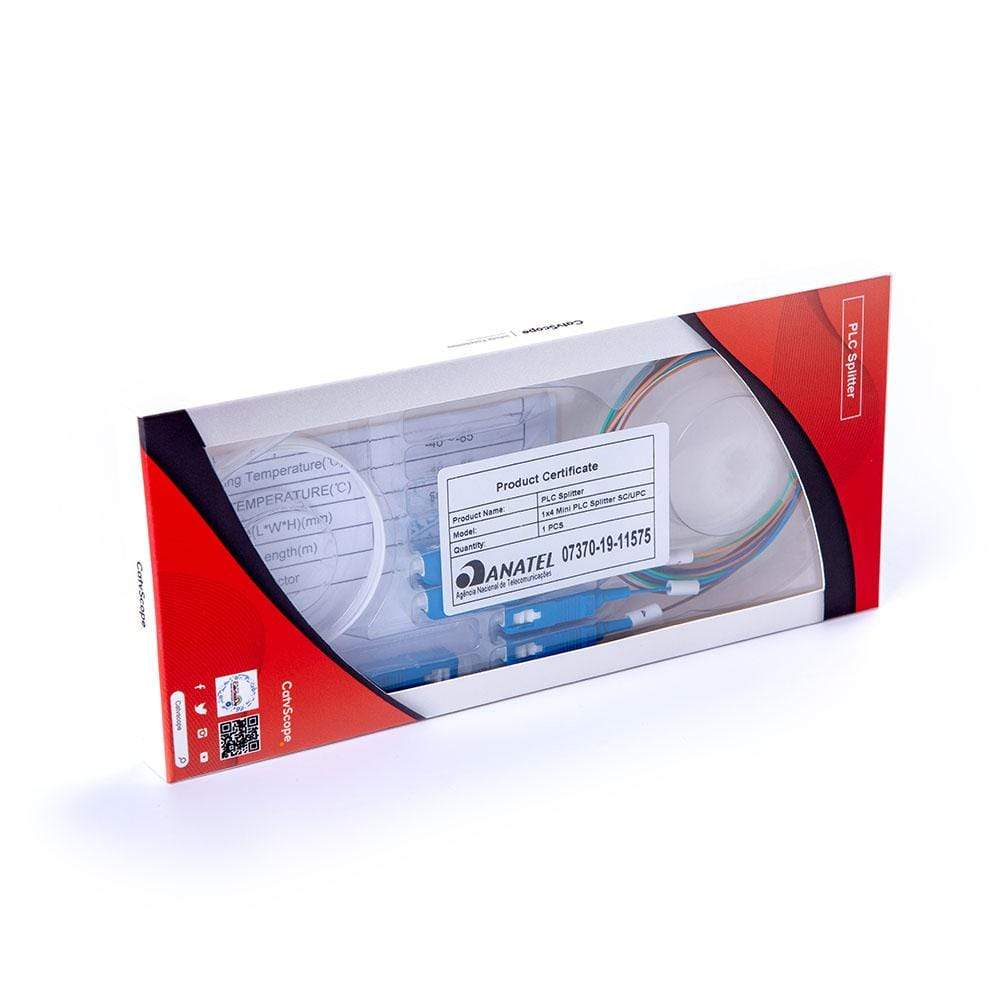In today's fast-paced digital world, where data transmission speed and reliability are a must, fiber optic communication has become increasingly popular. Fiber optic cables are the backbone of high-speed internet, television, and telephone networks, delivering data at lightning-fast speeds. However, fiber optic networks are not as simple as copper-based networks. They require the use of specialized equipment, including optical splitters and enclosures, to manage signal distribution and ensure network performance. In this article, we will explore the importance of optical splitters, focusing on Optical Splitter Boxes, and their role in delivering high-speed broadband services.

What is an Optical Splitter?
An optical splitter is a passive component used to split one optical signal into two or more identical signals. It works by dividing the incoming optical signal into multiple outputs, which are then transmitted to various destinations. An optical splitter can be thought of as an optical equivalent of an electrical splitter or a Y-cable commonly used in ethernet networks. In a fiber optic network, optical splitters can be used to provide services to multiple buildings, homes or even offices, using a single fiber optic cable.
Optical Splitter Box: A Closer Look
An Optical Splitter Box, also known as a Fiber Distribution Box or an Outside Plant (OSP) Cabinet, is a housing unit designed to protect and manage fiber optic splitters. This enclosure is typically made of a durable and weather-resistant material, such as metal or plastic, to resist harmful environmental factors like moisture, UV rays, and temperature changes. The box can be installed outdoors or indoors in a Central Office, a data center, or a commercial or residential building.
The Optical Splitter Box serves as a termination point for fiber optic cables that are connected to the splitter, providing a secure and organized space for managing the network. It not only protects the splitter and cable connections from physical damage but also provides a convenient platform for technicians to access the network and perform maintenance tasks. Optical Splitter Boxes come in different sizes, capacities, and configurations. Some boxes can house multiple splitters, while others contain only one or two splitters.
Benefits of Optical Splitter Box
An Optical Splitter Box has several benefits that make it an essential component in fiber optic networks. Here are some of the main advantages:
1. Protection: Optical Splitter Boxes provide a protective barrier to the splitter and cable connections, protecting them from environmental impacts, vandalism, or theft.
2. Organization: The box provides a convenient and centralized location for managing the fiber optic network, keeping it neat and organized, and preventing damage to the cables and equipment.
3. Scalability: Optical Splitter Boxes are scalable, making it easy to expand the network as needed, without the need for significant infrastructure upgrades.
4. Efficiency: The use of Optical Splitter Boxes eliminates the need for multiple fiber optic cables, making the network more efficient, cost-effective, and easier to maintain.
5. Durability: Optical Splitter Boxes are designed to withstand harsh weather conditions, chemicals, and temperature changes, ensuring uninterrupted network performance and longevity.
Conclusion
Fiber optic networks are rapidly evolving, with advancements in technology, equipment, and solutions continually increasing. Optical splitters and enclosures, including Optical Splitter Boxes, are essential components in fiber optic networks, ensuring the efficient and reliable transmission of data. Whether you're building a new fiber optic network or upgrading an existing one, an Optical Splitter Box can help streamline the installation process, improve network management, and reduce overall costs.